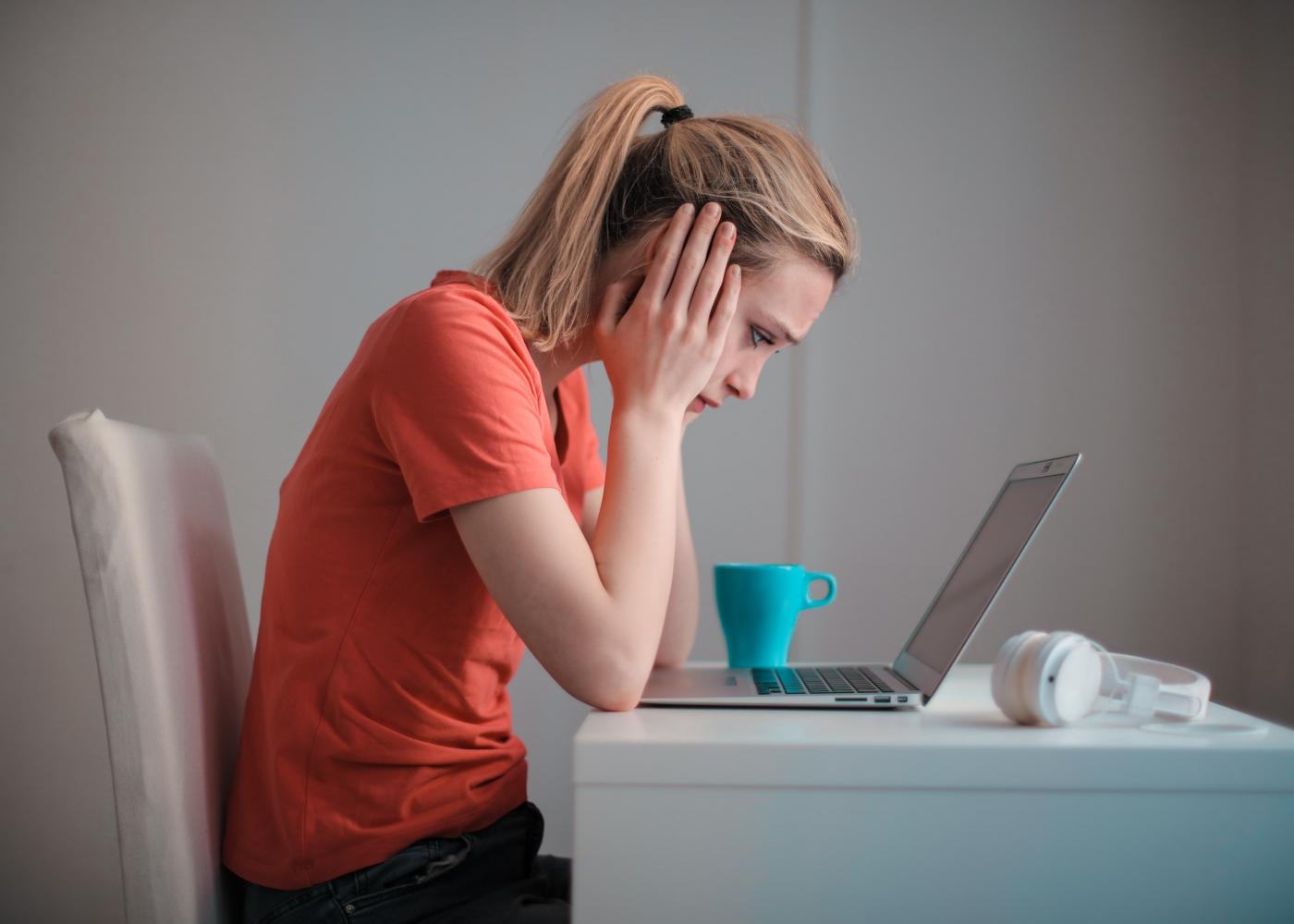On fake news and social media

There is a common thread to the top news stories that have flooded the Internet over the last month, such as Elon Musk’s vision for an "uncensored" Twitter and Donald Trump possibly getting his social media accounts back: the constant threat of fake news.
Fake news is not a new concept, but it has intensified thanks to the growth of social media, especially regarding coronavirus and the war in Ukraine. As a young person today, it is impossible to stop it from cropping up on my newsfeed and almost as impossible to identify what is real and what is not.
An important factor to the average person is the emotional impact of fake news. Our timelines are filled with fear-mongering headlines and violent imagery, which can become overwhelming. A classic tactic in misinformation is taking a photo or video out of context – this has been seen time and time again regarding Russia’s invasion of Ukraine. Images of fighter jets flying over a house provoked immense fear when, in reality, the images were over 10 years old and from a different country.
Many people dismiss fake news as a small issue, but it can affect mental health very quickly. Seeing violent headlines or images each time you open a social media app can be distressing. These same emotional responses can also be triggered by propaganda: misinformation about candidates can convince people to change their vote in an election. Last but not least, separating the wheat from the chaff can be draining for an individual.
So, why don’t social media sites step in? This is one of the first and most obvious questions asked, and the answer is that they try to. Most major social networking sites will flag if the information is unreliable or has been fact-checked as false. The issue that many people have with this is that sites such as Facebook have altered the algorithm so that flagged posts do not show up as prominently on people's newsfeeds, but they remain on the site even if proven wrong. Improvements are being made with repeat offender’s pages being flagged so followers know what they are reading may be false. In the Netherlands, Leiden University has been working with Facebook to fact-check articles since 2017, having academics flag facts that are misleading or incorrect.
Closer to home, Utrecht University published a guide by Associate Professor Eugene Loos about how to decipher fake news amidst a pandemic. This website - stopcornonafakenews.com - was supported by Utrecht University and funded by SIDN Funds, an organisation supporting the use of technology for good. On this website, Loos stresses that he doesn’t just deal with facts but also “emotions and interactions to combat fake news”. It contains a comprehensive guide on how to identify fake news by increasing media literacy but, overall, it is a deeply complicated dive into the legalities and technicalities behind fact-checking. This could prove difficult for the average student who doesn’t have extensive media or legal knowledge.
I believe social networking sites and institutions such as universities have a duty to try and prevent the spread of misinformation. They can educate students with publications and information sessions on how to decipher what is real and what is fake. But, overall, we each have an individual responsibility to be technologically literate and try to avoid the spreading of harmful misinformation. Only this way can we break the circle.